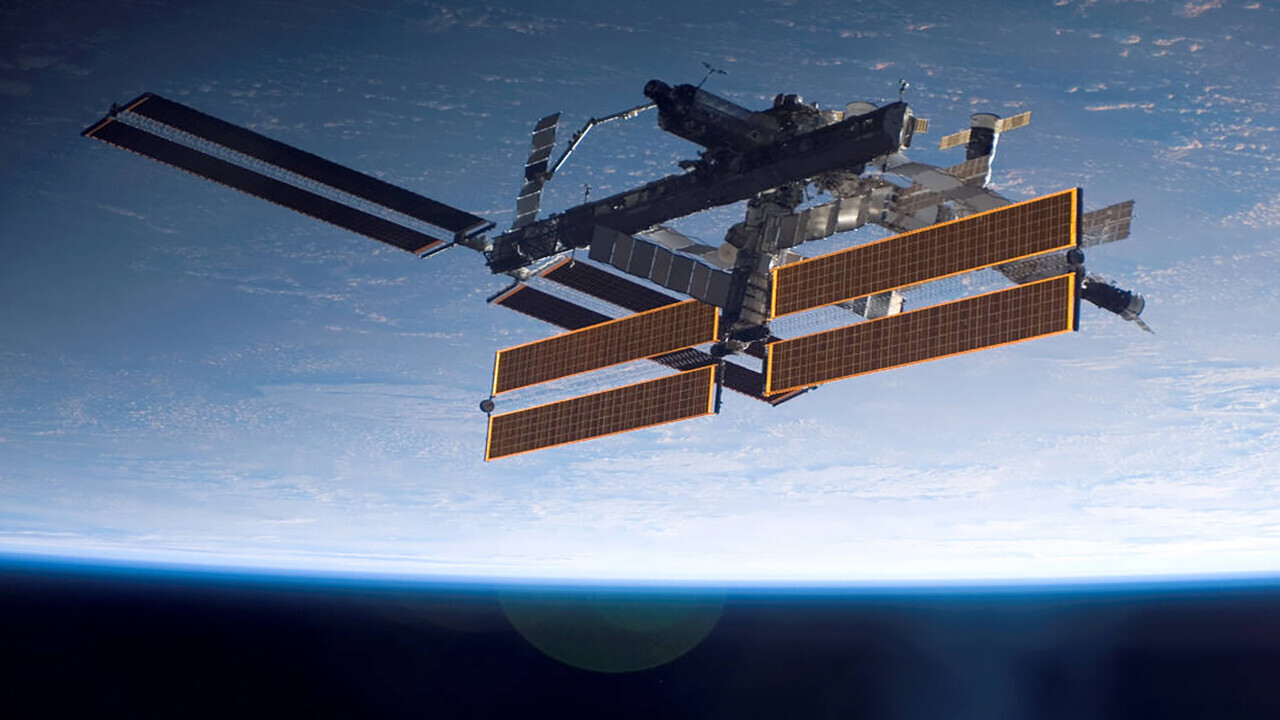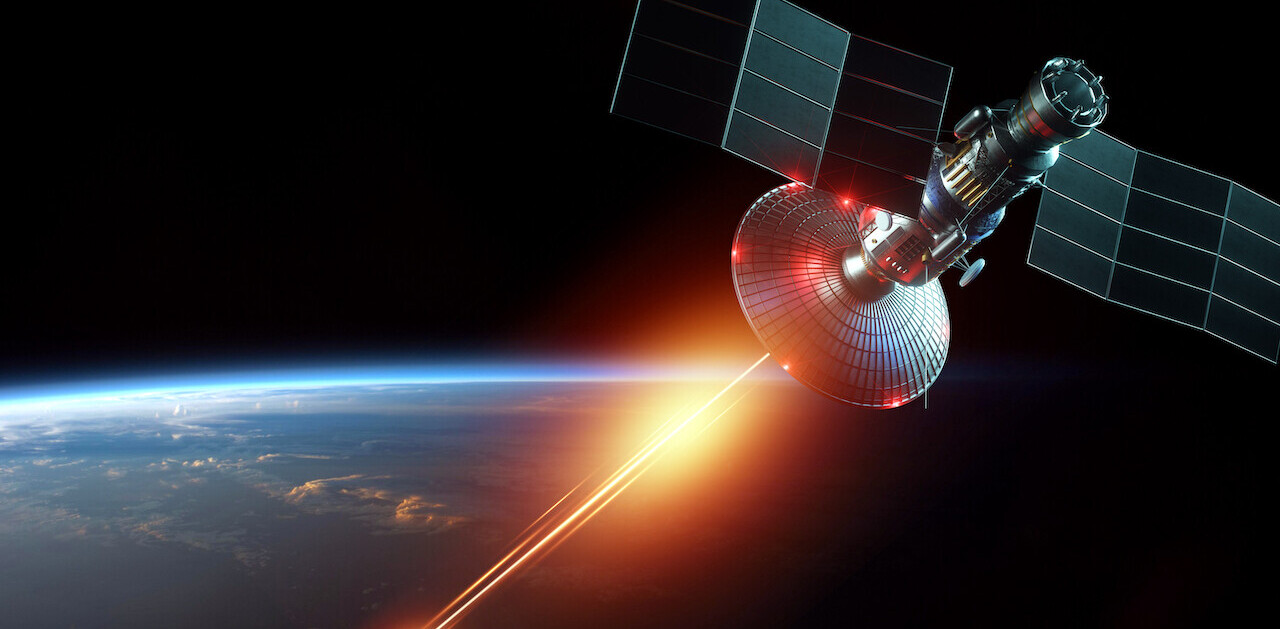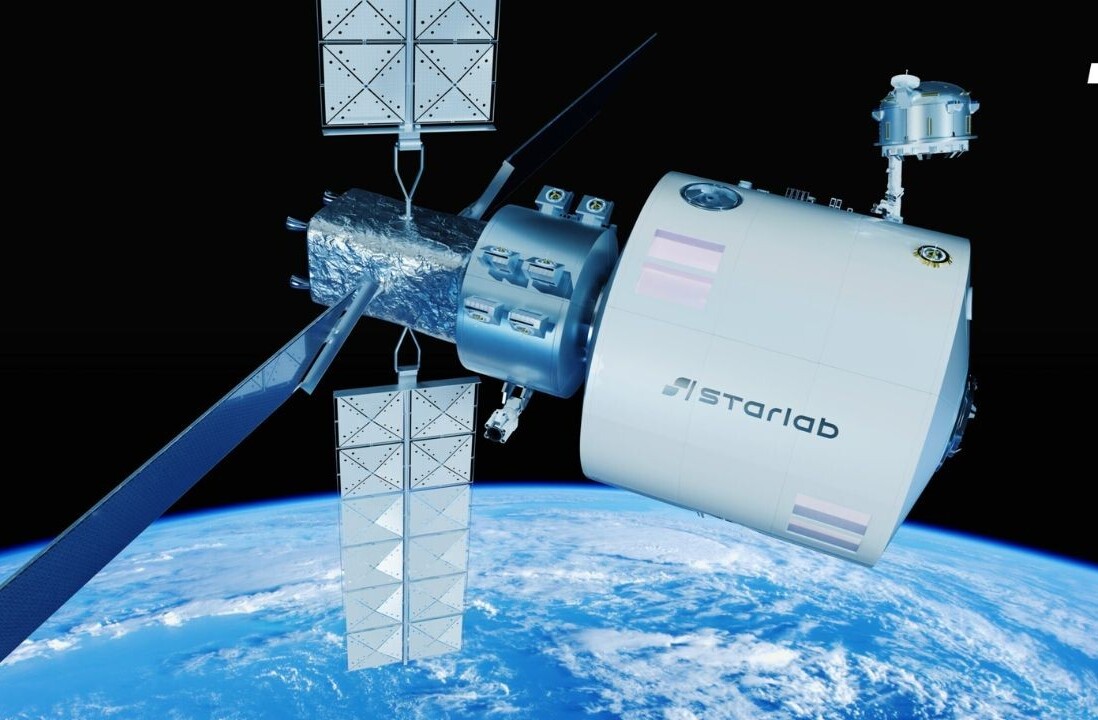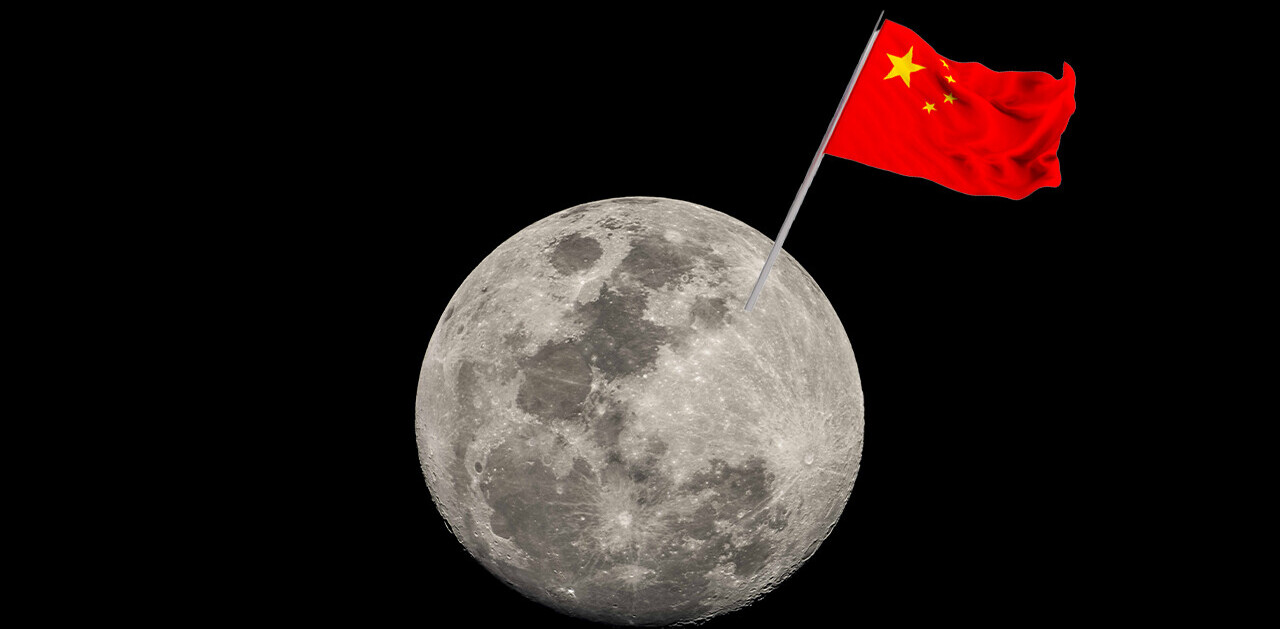Retiring the International Space Station in the coming years presents a big void “ what will be the future of space stations once the International Space Station meets its fiery death in the coming years? And SHOULD the ISS be decommissioned, or might the mission lifetime be extended?
Construction of the International Space Station (ISS), started in 1998, was completed in 2011. Since that time, the ISS has housed travelers in space from 19 countries. Possessing the only laboratory for long-duration microgravity research, discoveries aboard the orbiting outpost have led to a bevy of new discoveries.
Now, its mission could be over as early as 2024, as that is the time agreements between NASA and international partners comes to an end. However, on the 25 August, NASA Administrator Bill Nelson stated his support for extending the mission of the space station until the year 2030.
“We expect to expand the space station as a government project all the way to 2030. And we hope it will be followed by commercial stations,” Nelson stated.
Although Nelson has long supported extending the lifetime of the ISS to 2030, the U.S. Congress has, so far, failed to continue funding past 2024. Such an agreement would need the approval of Canada, Russia, Europe, and Japan.
Josef Aschbacher, director general of the European Space Agency, strongly supports an extension, as does Walther Pelzer, head of the German space agency DLR.
The Yangs and Kohms
The future of space stations could be private, as the ability to reach space becomes more common among non-governmental organizations (NGOs).
One company developing private space stations, Axiom Space, seeks to begin with expanding out the ISS while constructing their own orbiting outpost. Their egg-shaped modules are designed to provide a 360-degree view of space, and the Earth turning far below.
“Once fully assembled, Axiom Station will nearly double the useable volume of the International Space Station,” the team reports.
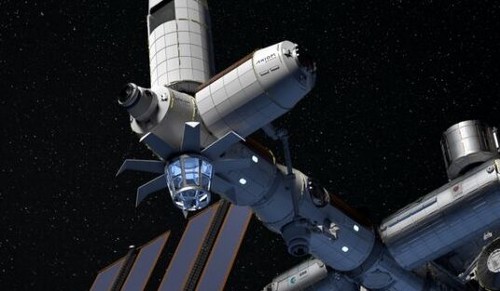
An artist concept of the Axiom station deployed on the International Space Station. Image credit: Axiom Space
Sierra Space also has its own design for long-term habitation in low-Earth orbit.
“Sierra Space’s space station leverages its transportation and destination technologies including the Dream Chaser space-plane and LIFE Habitat. The station is a configuration of multiple expandable LIFE habitats that can be serviced by both cargo- and crew-carrying Dream Chaser spaceplanes,” the company describes.
Nations including China are now investing in space exploration in an effort to further science, encourage minds, and discover technologies needed to face global climate change in a post-oil world.
On 16 June, China successfully launched the first module in its own space station, Tiangong, into orbit around Earth.
The China National Space Administration (CNSA) also plans to launch aHubble-class space telescope to accompany their spaceborne laboratory.
During his talk, Nelson called out for cooperation with China building the future of space stations. However, he also stated the he believed the United States is now in a space race with The Middle Kingdom.
Meanwhile, Russia and China have agreed to work together building a base on the Moon, and they have extended an offer to Europe to join their project. In the United States, NASA continues with their goal of returning to the Moon (hopefully in 2024) with the Artemis program.
Home… home in orbit… where the rocks and the space debris play…
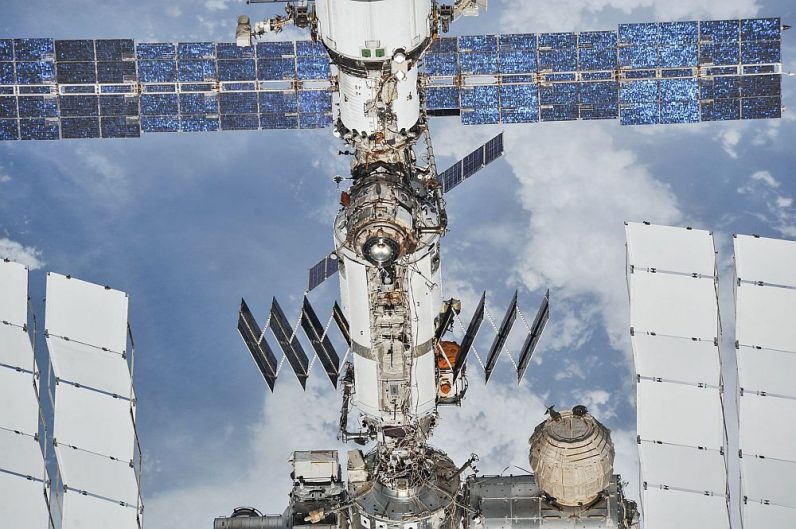
Over time, the space station is slowly losing its orbit, and must be continually adjusted. Much of the fuel needed to carry out this task comes from leftover resupply ships launched from Earth.
The space station is also under constant threat from micrometeorites and space debris. Eventually, the laws of probability state the ISS will “ one day “ suffer catastrophic damage from such an impact.
Letting this massive craft enter the Earth’s atmosphere in an uncontrolled re-entry could prove hazardous to those on the ground. The safest option is a planned re-entry over the sparsely-populated South Pacific.
One challenge facing those planning to eventually de-orbit the ISS is that it is big “ really big. Nearly 100 meters long, the facility offers living space as large as a six-story house. Were it on our home world, the ISS would weigh 420,000 kilograms (900,000 pounds) “ more than the weight of four average blue whales “ the largest animals ever to live on Earth.
When the time comes to end the mission of the ISS, thrusters (likely provided by Russian Progress spacecraft) will direct the orbiting outpost to an incendiary re-entry over the southern Pacific Ocean.
Before that time comes, try to see the ISS flying overhead (several apps are available telling you when to look) “ it’s quite a remarkable sight.
This article was originally published on The Cosmic Companion by James Maynard, the founder and publisher of The Cosmic Companion. He is a New England native turned desert rat in Tucson, where he lives with his lovely wife, Nicole, and Max the Cat. You can read the original article here.
Get the TNW newsletter
Get the most important tech news in your inbox each week.
